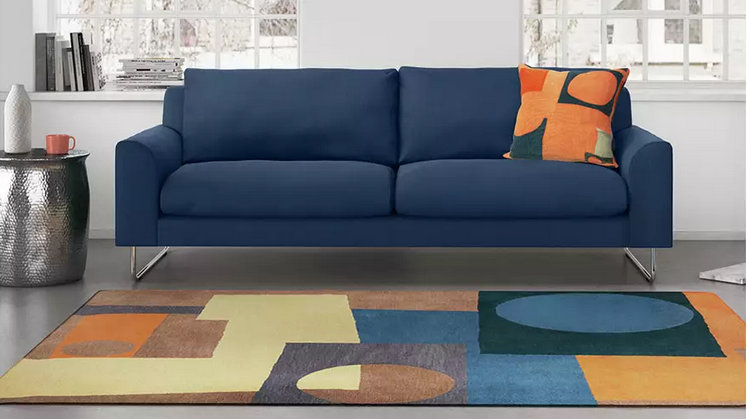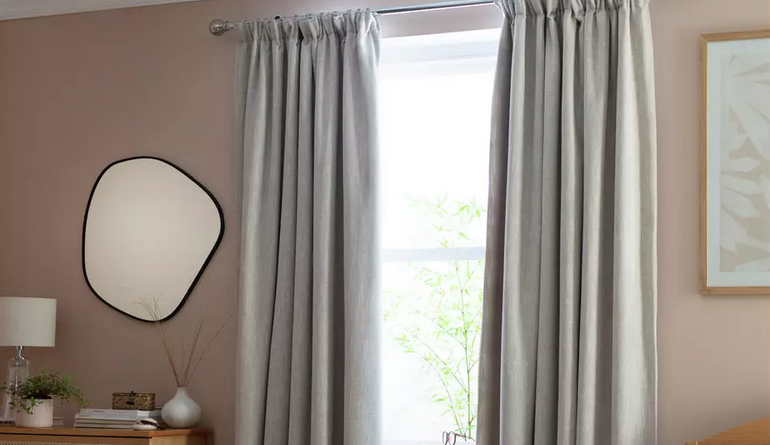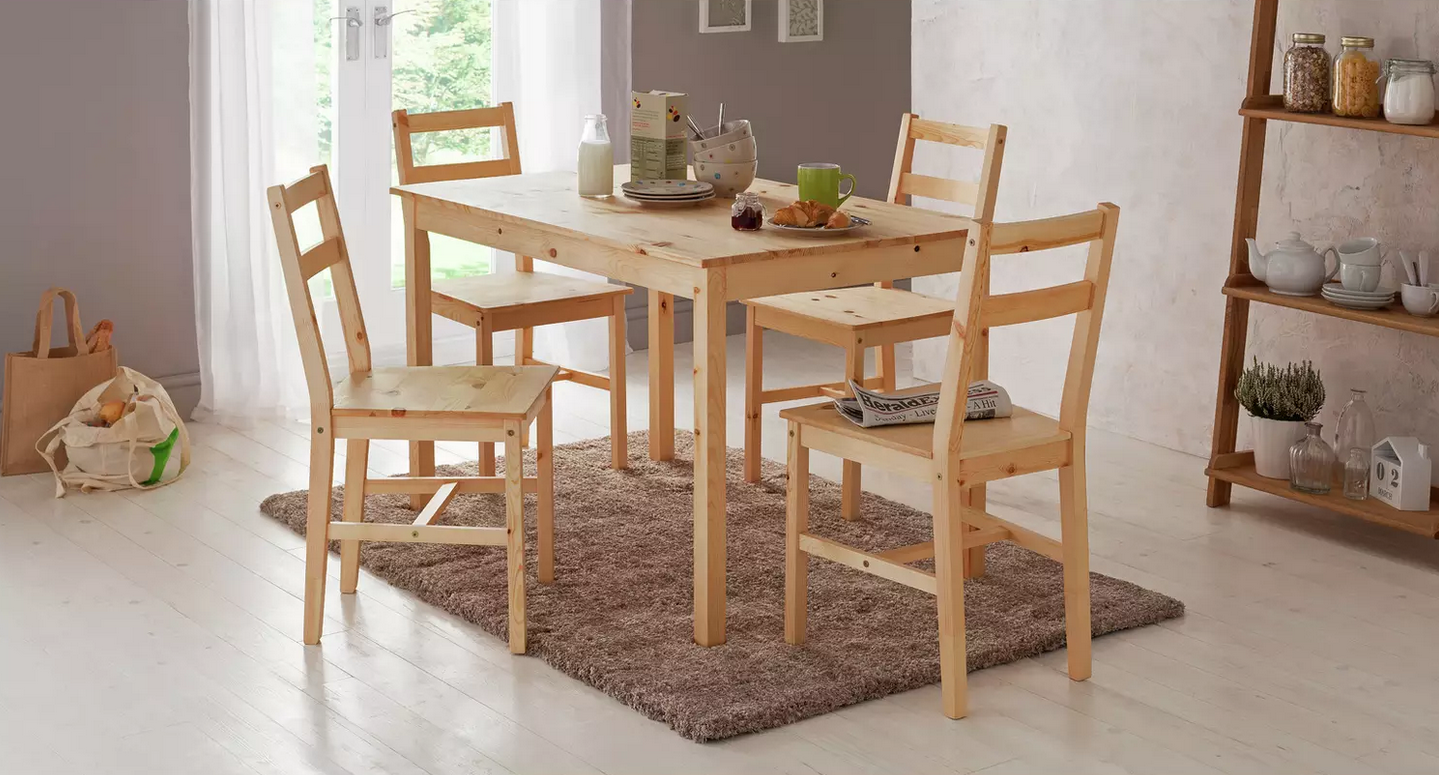
Colour is an important aspect of any design. Whether you’re looking to contrast or clash, the colour of material is essential to getting the right look. Over time, you may find that colour of your furniture has faded or imperfections have appeared. In this article, we explore why this occurs and how to prevent it.
Colour fading of furniture can be caused by sunlight.
Whilst it’s great to allow sunshine into the home, it can also be too much for our furniture. The most common cause of colour fading on furniture is the sunshine. It can fade different materials for different reasons. For example, too much sunshine can dry leather out, fade the colour, and result in the material cracking.
For fabric, UV rays can fade the material as the rays break down the chemical bonds resulting in the colour fading.

Tackle the sunshine by rearranging furniture out of direct light.
A simple way to avoid colour fading is by moving furniture out of direct sunlight. Watch for where the sun will shine through at different points of the day. Of course, it can’t be completely avoided but by reducing the amount of time the sunlight is directly on the furniture you can prevent premature discolouration.
Use curtains or blinds to block the windows.
Another effective method to prevent harsh sunlight is by using curtains or blinds on the windows. They can be moved and adjusted where necessary to be most effective.

Protect wooden furniture with a coating.
Over time, wood can fade in colour but applying a coating can help to seal the wood fibres and protect against fading caused by light and moisture. To prevent this, you may need to apply a coating or a finish to protect it. This helps to reduce changes and maintain the appearance. The type of coating required will vary by the product and wood type, so ensure to refer to any product information to get the right coating.

Moisturise and condition leather to prevent drying out.
Leather will need to be moisturised and conditioned to prevent it from drying and fading. There are many different conditioners available so check the specifications for your furniture to pick the most appropriate one. See our post for more on caring for leather upholstery here.
Marks can also be caused by clothing.
It’s not just sunshine that we need to consider, discolouration can be caused by other reasons. Did you know that the clothes you wear can leave marks? Wearing dark jeans can rub against furniture and leave dark marks. If you are wearing darker clothes, avoid harshly brushing against furniture to prevent this from occurring.
Prevent stains with an upholstery protector.
You can prevent discolouration by applying an upholstery protector. There are many available on the market from different retailers, but they are usually a spray that you put on your furniture. It soaks into the fibres of the material and increases the surface tension. This can help to contain any moisture and prevent drying out. It also reduces the ability to absorb liquids that could be accidentally spilt onto the fabric, meaning that you are less likely to get discoloured stains. You can read more tips to look after your upholstery here.
Remember that imperfections and changes in colour can sometimes be a natural characteristic.
It should not be forgotten that markings, imperfections, and discolouration is completely normal and a natural characteristic of a lot of materials. This can be a sign that the material is genuine, and many will opt for this material in their home as it adds a bit of personality.
For more on Home & Furniture, click here.